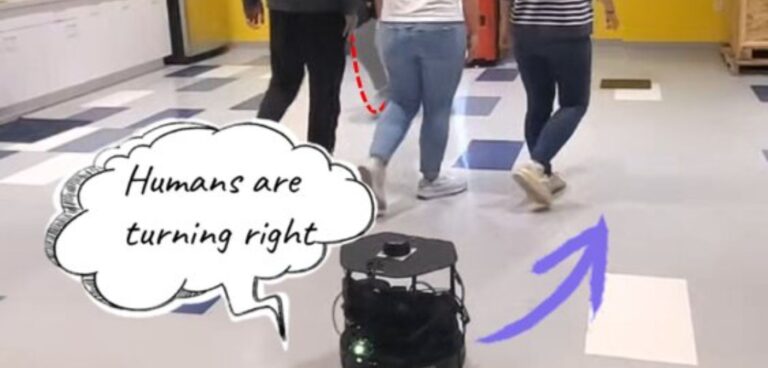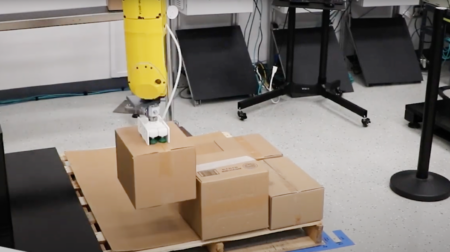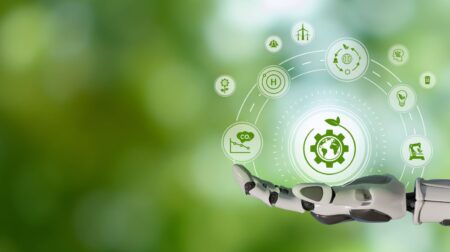Researchers from University of Illinois at Urbana-Champaign and Stanford University have developed a new deep reinforcement learning-based method, which they hope will improve the ability of mobile robots to safely navigate crowded spaces.
The team’s process was outlined in a paper pre-published on arXiv, and centres around the idea that people can be used to help robots identify obstacles in their environments.
The team build on ideas first introduced by a paper from Afolabi et al in 2018, which was dedicated to using the technology for autonomous vehicles.
While previous models have focused on use cases in urban settings, the new model was designed to help robots move through busy environments, especially crowds.
Based on the unpredictable nature of human behaviour, asking a robot to complete tasks in a crowd is more difficult than urban driving tasks for autonomous systems, according to the team.
To deal with these challenges, the researchers worked from a deep reinforcement learning model integrated with an occlusion-aware latent space, which was learned by a variational autoencoder (VAE).
One part of the learning model included an occlusion inference module, which was programmed and trained to process social behaviours it had learned from collected sequences of map inputs.
According to the team, the bot then used this data to predict where occluded objects or obstacles might be and encodes this information into a low dimensional latent representation, which is done through the VAE architecture.
The occlusion-aware representation is then given to the learning algorithm, which prompts the robot to avoid collisions while completing a given task.
The model was tested during a series of experiments, both through simulation and real-world tests, which created imperfect maps of observed items and estimated objects/ agents, with it instead focusing on estimating critical agents that were close by which may block its path.
Using this method, a robot which could reduce collisions with obstacles in its environment could be used to navigate previously difficult and crowded settings, such as airports and offices.








